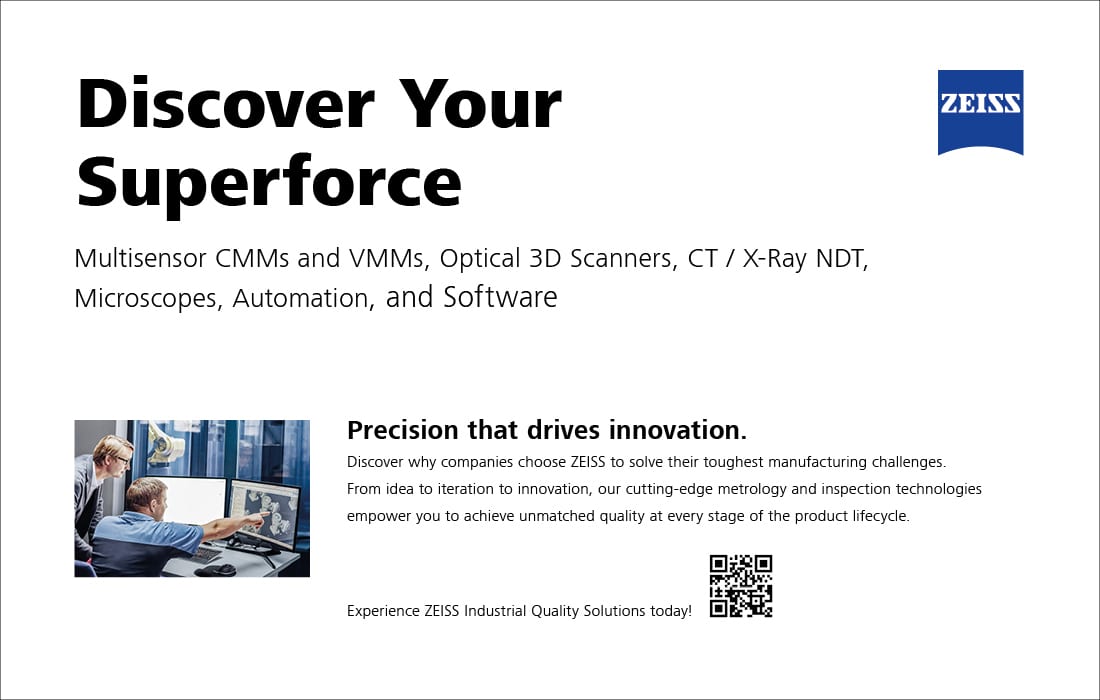Speaking of Quality
Carl L. Drechsel
Speaking of Quality | Carl L. Drechsel
If you want your organization to use AI, then you need to think long term and plan strategically.
Are You Blazing a New Path to ISO/IEC 42001 AI Standard?

Does your organization need the world’s first ISO/IEC 42001 Artificial Intelligence (AI) Management System? In a world now immersed in AI activities the question could be rephrased “Can you afford not to use an AI management system?
The New Business Plan
According to Harvard Business Review, “Artificial intelligence is reshaping business—though not at the blistering pace many assume. True, AI is now guiding decisions on everything from crop harvests to bank loans, and pie-in-the-sky prospects such as automated customer service are on the horizon. Technology that enables AI, like development platforms and vast processing power and data storage, are advancing rapidly and becoming increasingly affordable. The time seems ripe for companies to capitalize on AI. Indeed, we estimate that AI will add $13 trillion to the global economy over the next decade.” If you want your organization to use AI, then you need to think long term and plan strategically by researching ISO/IEC 42001.
Structure of ISO 42001
ISO 42001 covers issues throughout the AI system lifecycle, from the initial concept phase to the final deployment and operation of the system. It is designed to help organizations manage the risks associated with AI and ensure that their AI systems are developed and used responsibly. Key requirements covered in the published standard include:
- Leadership: Top management should demonstrate leadership and commitment to the AI management system (AIMS) and establish policies and objectives that are consistent with the organization’s strategic direction.
- Planning: Identify and assess risks and opportunities associated with AI and develop a plan to address them.
- Support: Provide resources and support for the AIMS, including training, awareness, and communication.
- Operation: Establish processes and procedures for the development, deployment, and maintenance of AI systems.
- Performance evaluation: Monitor, measure, analyze, and evaluate the performance of AI systems and take corrective actions when necessary.
- Continual improvement: Continually improve the AIMS and ensure that it remains relevant and effective.
Implementing ISO/IEC 42001 provides several key benefits for organizations involved in the development, deployment, or utilization of artificial intelligence.
ISO 42001 has four annexes that provide much of the detailed guidance organizations need. Here is a breakdown of these annexes: Annex A: reference control objectives and controls; Annex B: implementation guidance for the AI controls; Annex C: potential AI-related organizational objectives and risk sources; Annex D: use of the AI management system across domains or sectors.
Benefits of Implementing the ISO/IEC 42001
Implementing ISO/IEC 42001 provides several key benefits for organizations involved in the development, deployment, or utilization of artificial intelligence:
- Enhanced AI Governance and Risk Management: provides a structured framework to identify, assess, and mitigate risks associated with AI systems. This includes addressing ethical considerations, ensuring transparency, and maintaining data quality throughout the AI system lifecycle. By implementing this standard, organizations can better balance innovation with governance, leading to more responsible AI usage.
- Improved Stakeholder Trust and Reputation: Adopting ISO/IEC 42001 demonstrates a commitment to ethical AI practices, fostering trust among stakeholders, including customers, investors, and regulatory bodies. This enhanced trust can differentiate an organization in the marketplace, potentially leading to increased business opportunities and a stronger reputation.
- Regulatory Compliance and Preparedness: The standard assists organizations in aligning with existing and emerging AI regulations, such as the EU AI Act. By adhering to ISO/IEC 42001, organizations can ensure their AI systems meet legal and regulatory requirements, reducing the risk of non-compliance and associated penalties.
- Operational Efficiency and Cost Savings: Implementing ISO/IEC 42001 encourages organizations to streamline AI processes, identify and address vulnerabilities early, and optimize resource allocation. These practices can lead to cost savings, improved efficiency, and a more effective use of AI technologies.
- Competitive Advantage: Early adoption of ISO/IEC 42001 positions organizations as leaders in responsible AI management. This initiative-taking approach can provide a competitive edge by displaying a dedication to ethical standards and effective AI governance, appealing to consumers and partners who prioritize trustworthiness and accountability.
Bottom Line
If you want to manage AI-related risks, comply with regulations, build customer trust, enhance operational efficiency, and gain a competitive advantage then consider implementing ISO/IEC 42001.

